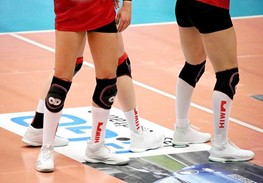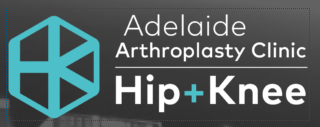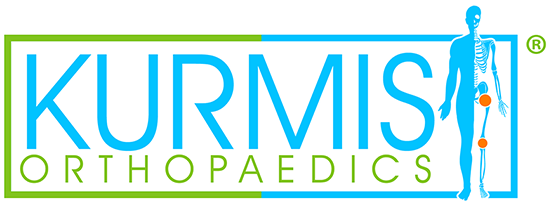
There are many variables as to why anterior cruciate ligament (ACL) injuries occur.
 Fatigue, as well as poor strength and muscular control of the knee usually plays a part however, there are also many reasons are out of our control, such as anatomy, hormones and genetics. Sometimes it can be as simple as bad luck, with the wrong force through the knee at the wrong time on the wrong person.
Fatigue, as well as poor strength and muscular control of the knee usually plays a part however, there are also many reasons are out of our control, such as anatomy, hormones and genetics. Sometimes it can be as simple as bad luck, with the wrong force through the knee at the wrong time on the wrong person.
We see a high level of ACL reconstructive surgery in Australia compared to many other countries, due to the high popularity of sport and the types of sport played (such as AFL and netball) which involve a large amount of twisting, turning and landing.
Tearing your ACL can often result in surgery and 9-12 months out of sport. Many factors determine the need for surgery after an ACL tear, but regardless of whether you have an operation or not, regaining strength and control of your knee and leg muscles is vitally important to achieving a good result.
This is where a good physiotherapy management plan is essential for success. This plan sees you through the early stage of rehab (where you are learning to regain strength and control of your knee), right through to the end stage of rehab where you are practicing exercises specific to your sport.
An Anti-Gravity Treadmill is often used for ACL rehab due to its unique air pressure technology. This allows for accurate, safe and comfortable partial weight-bearing in post-operative patients including following an ACL reconstruction. This may occur in the early phase (0-3 weeks) for walking retraining and then during the running phase which usually occurs around 3-5 months post-operation.
If you are experiencing knee pain or an injury and would like some individualised assessment and advice, please call The Physio Clinic on 8342 1233 or click below to book online.























